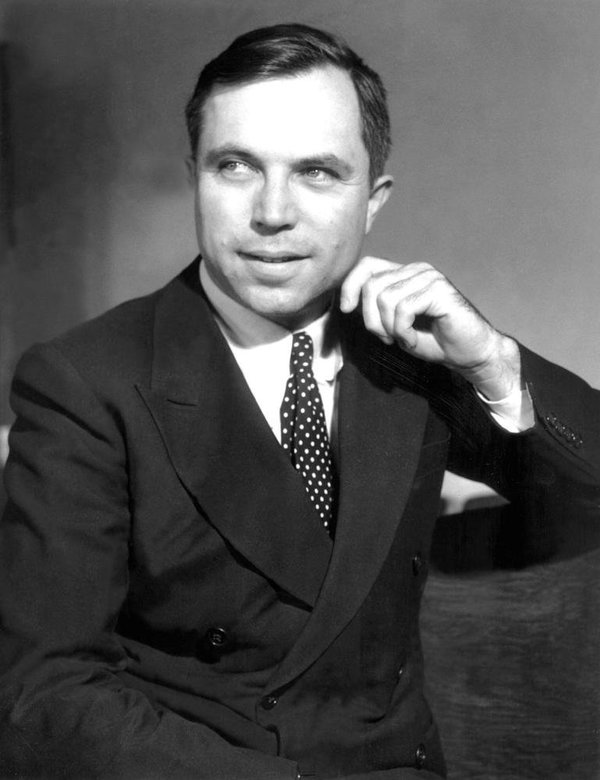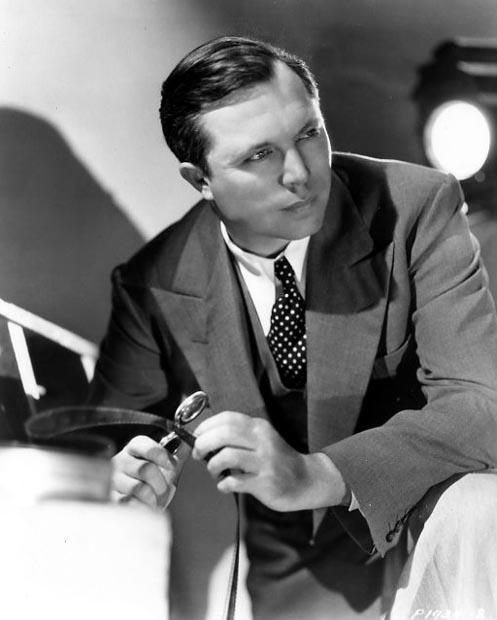King Vidor (King Wallis Vidor)

King Vidor (pronounced “vee-dor”) was born in Galveston, Texas, where he survived the great Galveston Hurricane of 1900. A freelance newsreel cameraman and cinema projectionist, Vidor made his debut as a director in 1913 with The Grand Military Parade. In Hollywood from 1915, he worked as a screenwriter and as director of a series of six short juvenile-delinquency films for Judge Willis Brown before directing his first feature, The Turn in the Road, in 1919. A successful mounting of Peg o’ My Heart in 1922 won him a long-term contract with Goldwyn Studios (later to be absorbed into MGM). Three years later he made The Big Parade, among the most acclaimed war films of the silent era, and a tremendous commercial success. This success established him as one of MGM’s top studio directors for the next decade. In 1928, Vidor received his first Oscar nomination, for The Crowd, widely regarded as his masterpiece and one of the greatest American silent films. In the same year, he made the classic Show People, a comedy about the film industry starring Marion Davies (in which Vidor had a cameo as himself), and his much-loved screwball comedy The Patsy, which also starred Davies and was his last silent film. Vidor’s first sound film was Hallelujah!, a groundbreaking film featuring an African-American cast. He had no difficulty adjusting to sound and he continued making feature films until the late 1950s. Some of his better known sound films include Stella Dallas, Our Daily Bread, The Citadel, Duel in the Sun, The Fountainhead, and War and Peace. He directed the Kansas sequences in The Wizard of Oz (including “Over the Rainbow” and the twister) when director Victor Fleming had to replace George Cukor on Gone with the Wind, but did not receive screen credit. In 1962 he was head of the jury at the 12th Berlin International Film Festival. In 1969 he was a member of the jury at the 6th Moscow International Film Festival. Vidor was entered in the Guinness Book of World Records for the longest career as a film director: beginning in 1913 with Hurricane in Galveston and ending in 1980 with The Metaphor, a 36-minute documentary featuring the painter Andrew Wyeth. He was nominated five times for an Oscar but never won in direct competition; he received an honorary award in 1979.
In 1967, Vidor researched the unsolved 1922 murder of fellow director William Desmond Taylor for a possible screenplay. Vidor never published or wrote of this research during his lifetime, but biographer Sidney D. Kirkpatrick posthumously examined Vidor’s notes. He alleged in his 1986 book A Cast of Killers that Vidor had solved the sensational crime but kept his conclusions private to protect individuals still living at the time. The widely cited newsletter Taylorology later noted over 100 factual errors in Cast of Killers and strongly disputes Kirkpatrick’s conclusions, but credits the book with renewing popular interest in the crime. In 1944, Vidor joined the anti-communist Motion Picture Alliance for the Preservation of American Ideals. Vidor published his autobiography, A Tree is a Tree, in 1953. This book’s title is inspired by an incident early in Vidor’s Hollywood career. Vidor wanted to film a movie in the locations where its story was set, a decision which would have greatly added to the film’s production budget. A budget-minded producer told him, “A rock is a rock. A tree is a tree. Shoot it in Griffith Park” (a nearby public space which was frequently used for film exterior shots). Vidor died at age 88 of a heart ailment at his ranch in Paso Robles, California, on November 1, 1982. His remains were cremated and scattered on the ranch property.
Born
- February, 08, 1894
- USA
- Galveston, Texas
Died
- November, 01, 1982
- USA
- Paso Robles, California
Cause of Death
- heart ailment
Other
- Cremated



